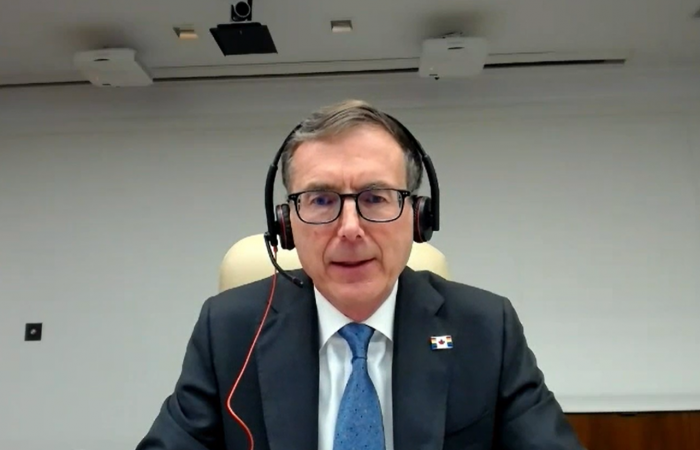— The Mortgage Report : June 16 —
- Tiff on the Hot Seat: In his first news public hearing since being minted as BoC Governor, Tiff Macklem got pelted with questions from MPs. Among his notable statements:
- “The biggest risk to Canadians not being able to repay their mortgage is not having a job.”
- “…We’re in a deep hole and it’s going to be a long way out of this hole.”
- “We have no intention of raising interest rates in the current circumstance.”
- “Some day we will get through this…and interest rates will start to move back to more normal levels.”
As long-time central bank watchers know, “some day” sometimes never comes. Case in point: Despite repeated messaging from the BoC that rates would ultimately “normalize” following the Global Financial Crisis, Canada’s overnight rate peaked only 1.50 percentage points above its record low—far below the Bank’s published definition of “normal.” There is currently no reason to believe this recovery will happen much faster.
- Flat as a Board: That’s how the consensus forecast for Canada’s overnight rate looks, all the way out to 2022 (the furthest out the survey goes). Economists’ median prediction is that Canada’s key lending rate will not move through third quarter 2022. Source: Bloomberg survey.
- April Strong: Canadian mortgage balances at domestic banks rose 6.7% year-over-year in April, according to OSFI data. Reverse mortgage volumes surged 21.3% as rates hit record lows. Here’s a breakdown that OSFI provided us today (rounded):
- Balance for all Residential Mortgages: $1.261 billion
- Residential Insured: $475 billion
- Residential Uninsured: $782 billion
- Residential Reverse Mortgages: $3.6 billion
- A Clue from Down South: Mortgage applications for purchases climbed for the eighth consecutive week in the U.S. They’re now near an 11-year high. That’s a good reminder that despite all the economic carnage, homebuying interest is far from moribund. One difference in the U.S., however, is that their qualifying rate has steadily dropped and is now below 3% in some cases. That fuels buying power. Canada’s qualifying rate (“stress test rate“) has barely moved and remains inflated at 4.94%.
- Big Buyer: Lower 5-year bond yields usually mean lower 5-year fixed mortgage rates. That’s why fixed-rate shoppers may be happy to hear this: “We have committed to continue purchases of Government of Canada bonds until the economic recovery is well underway,” said the BoC’s Governor. The Bank will be buying 5-year bonds next on June 25 and July 3. CIBC says that’s essential because “the last thing the BoC wants to see is…a climb in 5-year mortgage rates before the economy needs it.” As we speak, economists forecast a roughly 68-bps rise in the 5-year yield by fourth quarter 2022.* But they may be underestimating the BoC’s resolve to suppress all key rates.
- Quotable: “…Negative interest rates, are essentially a tax on the financial system,” writes First Trust Advisors, “and tend to embed expectations of weak GDP growth in the countries that have tried them” — two reasons the BoC rejects them.
* Based on interpolation of Bloomberg’s 2-year and 10-year bond yield forecasts.

 log in
log in

2 Comments
For years there used to be an upward bias to economist rate forecasts. I think economists now get that rates are going nowhere fast. We are mired in a long term low growth rut and the recession didn’t help.
What is the point of the Bank of Canada buying down 5 year mortgage rates while OSFI and the DOF leave the stress test rate ridiculously high? The BOC and OSFI/DOF are just sucking and blowing. Maybe they should call each other and get on the same page.